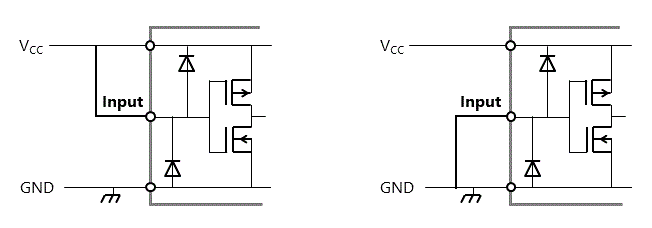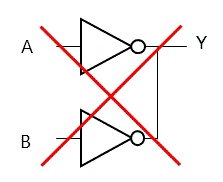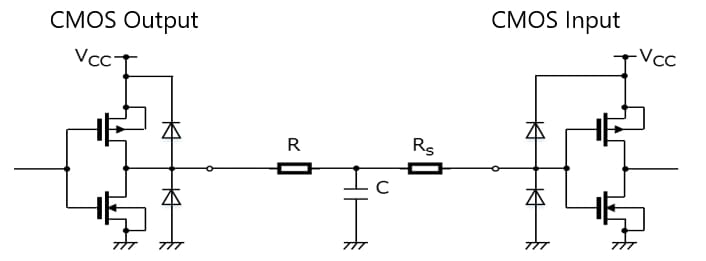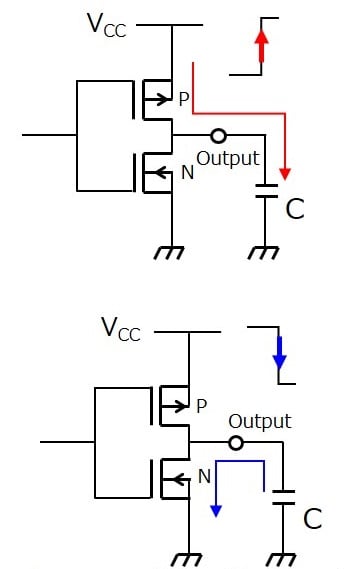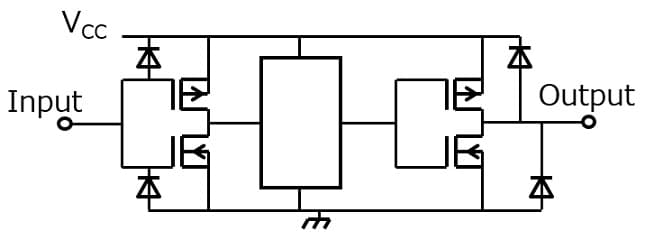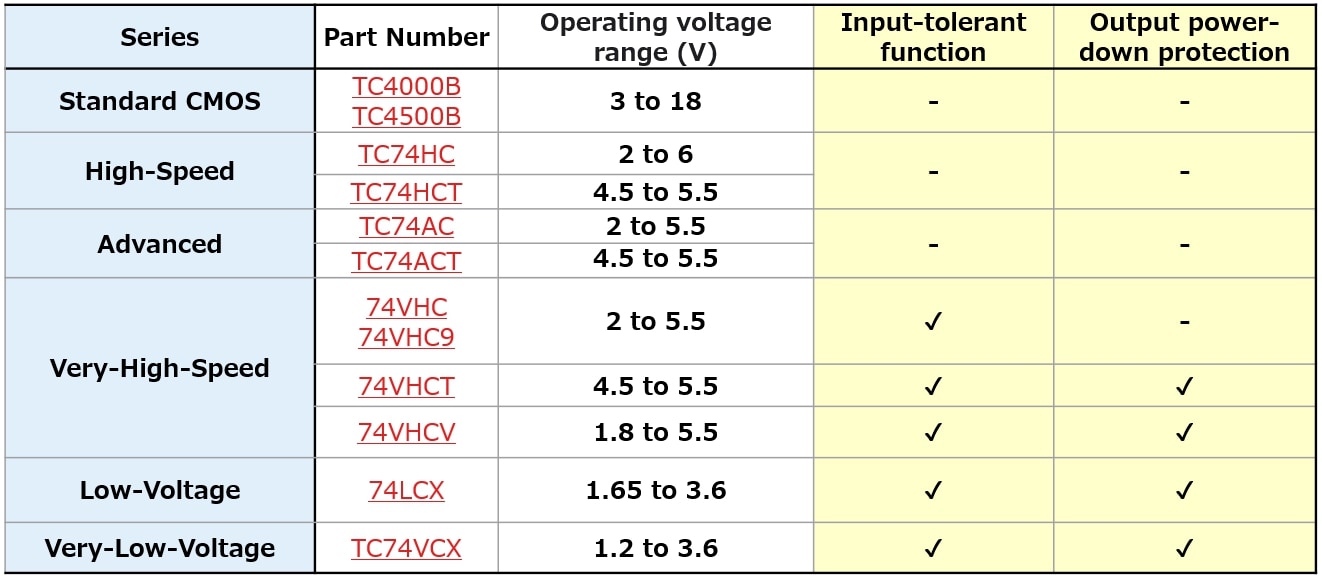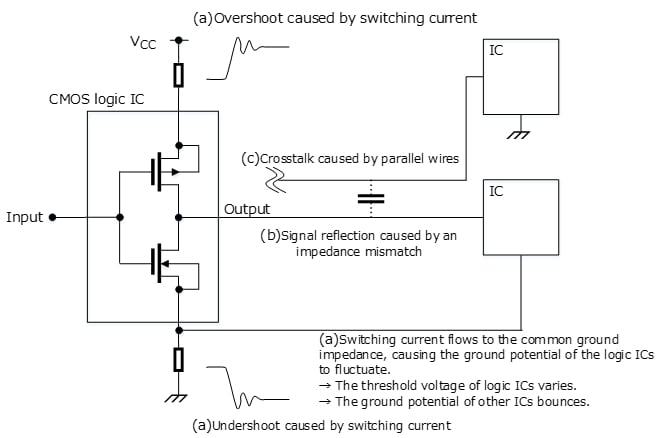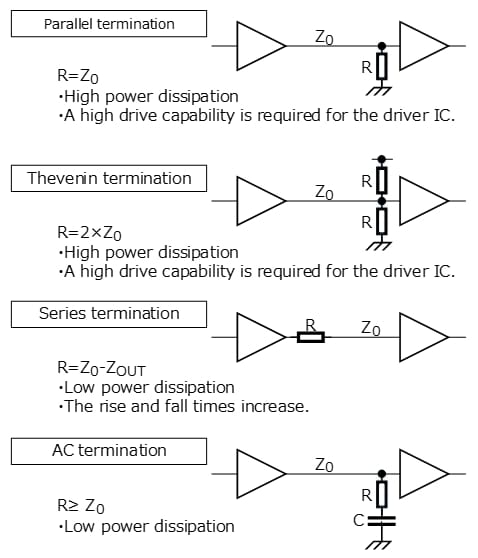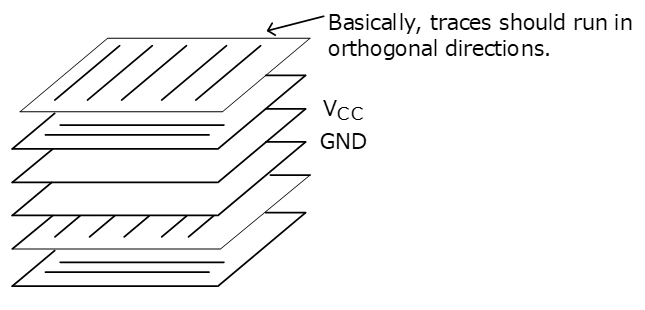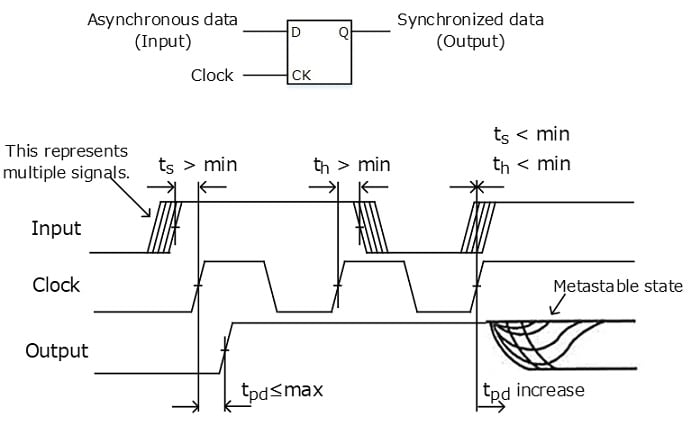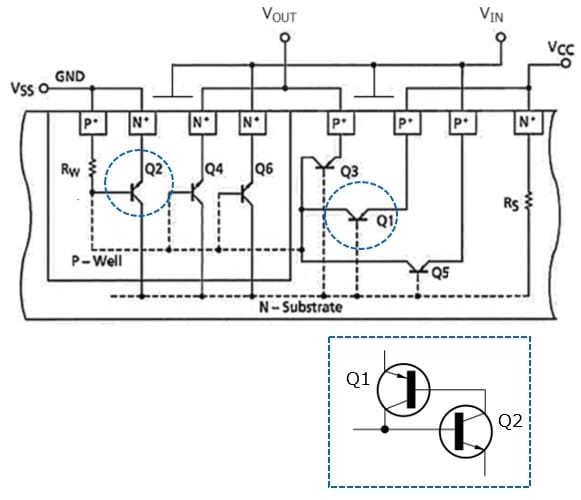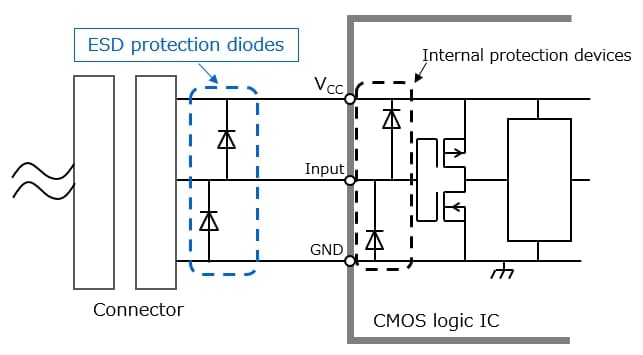- General Top
- SEMICONDUCTOR
- STORAGE
- COMPANY
-
My ToshibaSemicon
- Semiconductor Top
-
ApplicationsAutomotive
Body Electronics
xEV
In-Vehicle Infotainment
Advanced Driver-Assistance Systems (ADAS)
Chassis
IndustrialInfrastructure
BEMS/HEMS
Factory Automation
Commercial Equipment
Consumer/PersonalIoT Equipment
Healthcare
Wearable Device
Mobile
Computer Peripherals
-
ProductsAutomotive Devices
Discrete Semiconductor
Diodes
Transistors
Logic ICs
Analog Devices
Digital Devices
Wireless Devices
※
: Products list (parametric search)
Power SemiconductorsSiC Power Devices
※
: Products list (parametric search)
Isolators/Solid State RelaysPhotocouplers
Digital Isolators
Solid State Relays
Fiber Optic Transmitting Modules
※
: Products list (parametric search)
MOSFETsIGBTs/IEGTsBipolar Transistors※
: Products list (parametric search)
Diodes※
: Products list (parametric search)
MicrocontrollersMotor Driver ICsIntelligent Power ICs※
: Products list (parametric search)
Power Management ICsLinear ICs※
: Products list (parametric search)
General Purpose Logic ICsLinear Image SensorsOther Product ICsOther Product ICs
※
: Products list (parametric search)
-
Design & Development
Design & Development
Innovation Centre
At the Toshiba Innovation Centre we constantly strive to inspire you with our technologies and solutions. Discover how to place us at the heart of your innovations.
-
Knowledge
Knowledge
Highlighted Topics
Further Materials
Other
- Where To Buy
- Part Number & Keyword Search
- Cross Reference Search
- Parametric Search
- Stock Check & Purchase
This webpage doesn't work with Internet Explorer. Please use the latest version of Google Chrome, Microsoft Edge, Mozilla Firefox or Safari.
require 3 characters or more. Search for multiple part numbers fromhere.
The information presented in this cross reference is based on TOSHIBA's selection criteria and should be treated as a suggestion only. Please carefully review the latest versions of all relevant information on the TOSHIBA products, including without limitation data sheets and validate all operating parameters of the TOSHIBA products to ensure that the suggested TOSHIBA products are truly compatible with your design and application.Please note that this cross reference is based on TOSHIBA's estimate of compatibility with other manufacturers' products, based on other manufacturers' published data, at the time the data was collected.TOSHIBA is not responsible for any incorrect or incomplete information. Information is subject to change at any time without notice.
require 3 characters or more.
Countermeasures for Reducing Switching Noise
The MOSFETs in a CMOS logic IC make switching transitions while charging and discharging internal and external load capacitances. The trace impedance during switching can be regarded as an LCR circuit. Since the switching current (i) flows through inductance (L), a spike voltage (=L(di/dt)) appears on the VCC and GND lines of the CMOS logic IC. This noise is called switching noise.
Multiple simultaneously switching outputs draw a large charge/discharge current and therefore cause a large switching noise (called simultaneous switching noise). The following lists the measures for the reduction of switching noise.

Countermeasures to reduce switching noise:
(1) Increase the width and reduce the length of VCC and GND lines to reduce their inductance.
(2) Place a bypass capacitor between and as close as possible to the VCC and GND pins of the CMOS logic IC (See below figure).
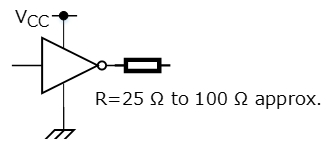
(3) Exercise care as to clock and reset signals. Unused inputs of gates such as drivers should be connected to either VCC or GND. Connect a low-pass filter to the output of used gates to remove noise.
(4) Select low-noise ICs.
(5) Add a damping resistor to the output of used gates (See below figure). It is necessary to adjust the value of the damping resistor by checking the output waveform.

* Toshiba provides CMOS ICs with an internal damping resistor (See below figure), which help reduce not only switching noise but also parts count.
Usage Considerations of CMOS Logic ICs
Products
Related information
- Application Notes
- FAQ


